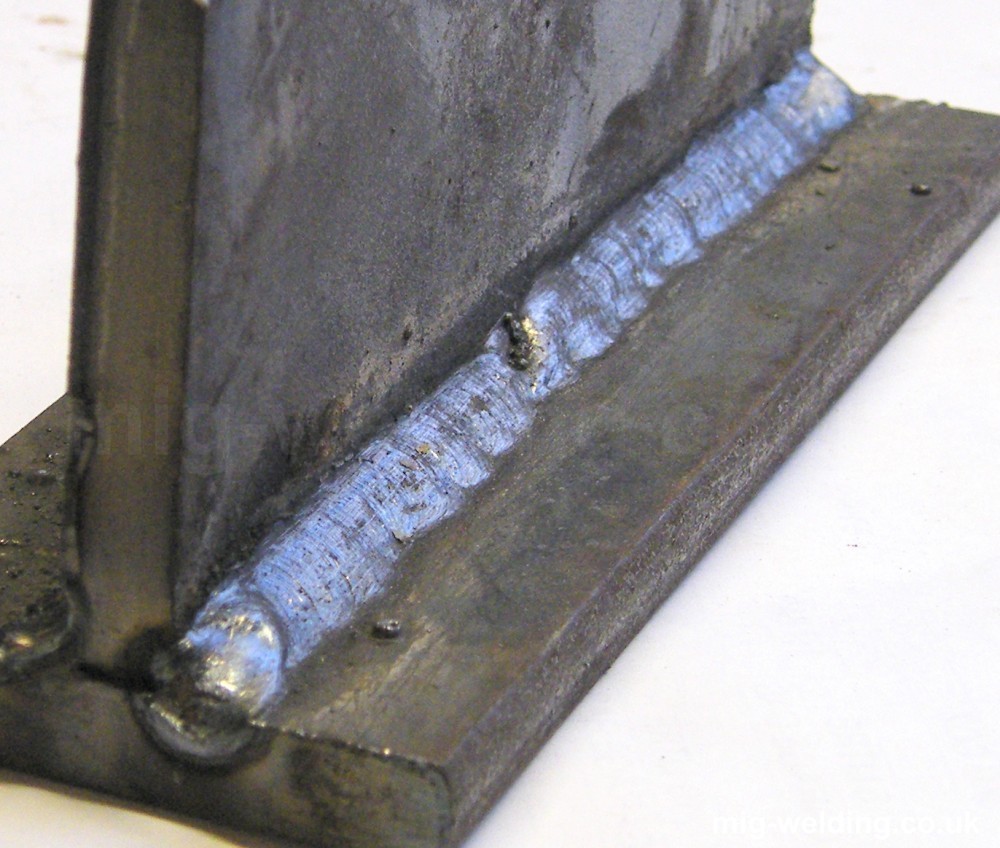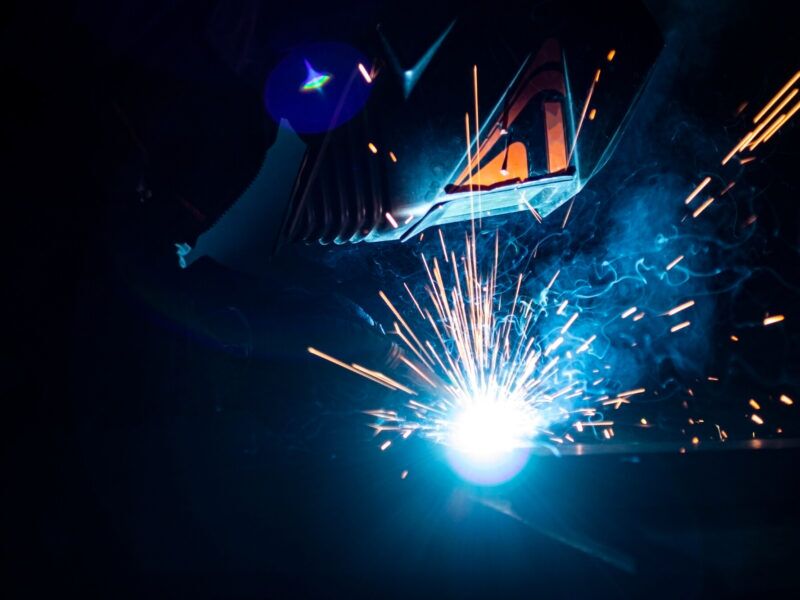Necessary Tips for Welders: Avoiding Undercut Welding and Ensuring Stronger Weld Joints
In the world of welding, achieving strong and sturdy weld joints is the keystone of producing high-grade job. One common obstacle that welders usually experience is undercut welding, which can endanger the stability of the weld joint.

Comprehending Undercut Welding
Undercut welding is an usual welding issue that takes place when the weld metal falls short to appropriately load the groove and causes a groove-like clinical depression along the weld bead. This issue deteriorates the weld joint, making it vulnerable to breaking and failing under stress and anxiety. Damaging can be caused by numerous factors, consisting of excessive welding existing, high welding speed, incorrect electrode angle, wrong electrode size, and inadequate welding method.
Among the main factors for undercut welding is a discrepancy in between the welding existing and the welding rate. If the welding current is as well high or the welding rate is as well quickly, the weld metal may not appropriately fill the groove, bring about damaging. Furthermore, making use of an electrode that is too large can cause a comparable result, as the excess metal can not correctly flow right into the groove.
To stop undercut welding, welders should ensure they are utilizing the correct welding parameters, maintain a suitable electrode angle, pick the proper electrode size, and method correct welding techniques. By resolving these factors, welders can minimize the danger of damaging and develop more powerful, extra trustworthy weld joints.
Correct Welding Strategy
Reliable welding method plays an important function in making sure the quality and integrity of weld joints. One basic aspect of correct welding technique is maintaining the appropriate angle and distance between the welding gun and the workpiece.
Additionally, a regular and stable hand activity is essential for developing strong and long lasting weld joints. Welders should go for smooth, consistent activities to make sure even distribution of the weld product. Correct adjustment of the welding gun and filler material is also essential to accomplishing optimum infiltration and combination.
Additionally, regulating the warm input and choosing the proper welding parameters based upon the material being welded are crucial consider accomplishing high-grade welds - Preventing weld undercut. Welders ought to comply with the advised setups provided by welding procedure specifications and readjust them as needed based upon the particular needs of the job. By grasping correct welding strategies, welders can significantly boost the toughness and dependability of their weld joints
Selecting the Right Electrode
Keeping the proper angle and range in between the welding gun and the work surface is essential when considering the significance of picking the best electrode in welding applications. The choice of electrode plays an important role in establishing the quality and strength of the weld joint. Electrodes come in various kinds, each designed for specific functions and materials.
First of all, selecting the ideal electrode diameter is necessary. Thinner electrodes are ideal for welding thin materials, while thicker electrodes are better for thicker products and greater heat applications. Matching the electrode size to the thickness of the work surface helps accomplish a find more info balanced weld.
Secondly, understanding the product make-up of the electrode is vital. Various electrodes are created for welding certain products like steel, stainless steel, light weight aluminum, or cast iron. Using the correct electrode material guarantees good blend and decreases the danger of defects in the weld.
Finally, thinking about the welding position and technique is vital when choosing the electrode kind. For example, certain electrodes are better matched for upright or overhanging welding positions, while others work well for flat or straight settings. Selecting the ideal electrode based on the welding method enhances the total weld quality and stability.
Preparing the Base Metal
To guarantee a successful welding procedure, what preliminary steps should be taken when preparing the base steel for welding? Furthermore, any type of existing weld material or residue from previous welding need to be removed to make certain a clean surface area for the brand-new weld.

Conducting Post-Weld Evaluations

After carrying out these evaluations, welders have to compare the results against sector criteria and task needs to make sure that the weld joint fulfills all required standards. Any deviations or insufficiencies uncovered throughout the post-weld inspection ought to be promptly attended to via suitable rehabilitative steps to assure the weld's stability. By vigilantly executing post-weld assessments and immediately resolving any type of problems, welders can maintain the top quality and integrity of their work, ultimately contributing to the security and durability of the welded frameworks.
Verdict

To conclude, avoiding undercut welding and ensuring stronger weld joints require a combination of proper welding technique, picking the right electrode, preparing the base metal properly, and carrying out post-weld examinations. By recognizing the root causes of undercut welding and executing the needed preventative measures, welders can produce high-grade weld joints that satisfy sector requirements and make sure the structural integrity of the bonded elements.
Undercut welding is a common welding defect that occurs when the weld metal falls short to appropriately fill the groove and results in a groove-like clinical depression along the weld grain (Preventing weld undercut). Damaging can be created by numerous aspects, consisting of excessive welding existing, high welding speed, improper electrode angle, wrong electrode size, and poor welding strategy
One of the primary reasons for undercut welding is a discrepancy between the welding present and the welding speed. If the welding current is too high or the welding speed is also quickly, the weld metal might not sufficiently fill up the groove, leading to undercutting.Keeping the right angle and distance in between the welding gun and the workpiece is fundamental when thinking about the importance of picking the appropriate electrode in welding applications.